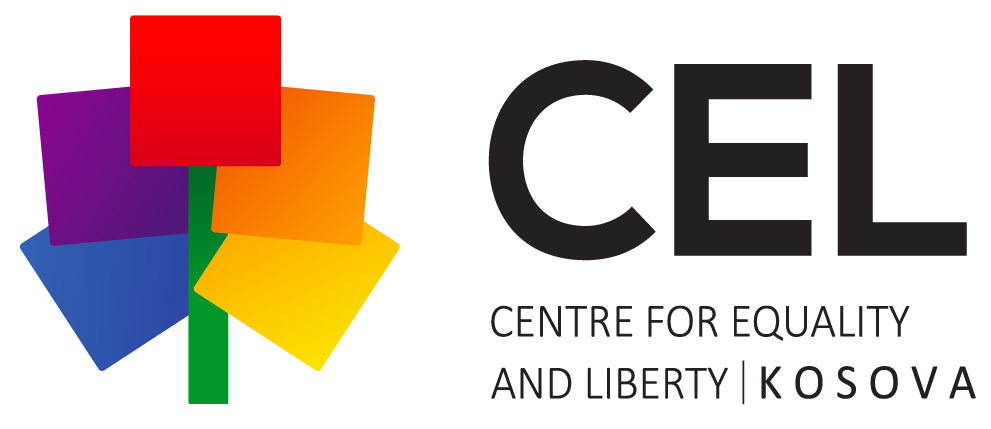September 22, 2021
Donjet Behluli
The influence of culture on everything related to gender is undeniable. From the day a person is born, they are immediately assigned a gender identity based on their sex. Then, they are expected to behave and do everything in accordance with the gender assigned to them as a baby. These cultural expectations have an impact on almost every aspect of a person’s life; ambitions in life, career choices, social behaviors, activities they engage in, their taste in clothing, their general interests, etc. fundamentally, a person’s position in society.
Unfortunately, our society and its perceptions of gender are not as inclusive. We grow up with the idea that gender is binary and every person is expected to fall into one of the categories: male or female, but the reality of gender is much more complicated and not every person finds themselves in these categories.
How are gender binary and non-binary genders defined?
Gender binary is the societal or cultural division of gender into two different and opposite masculine and feminine categories, and this is a standard in most cultures. While gender identities that are neither masculine nor feminine – identities that exist outside of gender binary – are considered non-binary.
Challenges faced by non-binary individuals
To exist as a non-binary person in a society that constantly tries to categorize you as something you are not, and to feel obligated to meet certain expectations can be very exhausting. Gender binary can also create institutionalized structures of power, and people who don’t fit into traditional gender norms may experience discrimination and harassment in various spaces in society. Disregard, disbelief, contempt, and disrespect are common forms of discrimination experienced by non-binary people. There are also people who see non-binary gender as a trend to gain attention. But one of the most common forms of discrimination against non-binary individuals is the use of wrong pronouns and disrespect for their gender identity. This disrespect occurs when someone refers to a person using a language that does not match their gender identity, for example, if we refer to a woman with the pronoun “he” or with the word “man”.
Are pronouns that important?
By definition, gender pronouns are words that people use to refer to someone without mentioning their name. But for many non-binary people, pronouns are more than just a way they are addressed. Pronouns have become a way to affirm or declare an aspect of their gender that is often invisible or does not conform to others’ assumptions, and as a result, pronouns have the power to affirm or ignore a non-binary person’s reality. So it is important that we ask and always respect a person’s pronouns. Additionally, the use of neutral language regarding gender is encouraged so that we can be as inclusive as possible and avoid assumptions about someone’s gender identity. But unfortunately, sometimes this can be difficult because there are languages, such as Albanian, that do not have neutral pronouns regarding gender.
Gender as a spectrum
The concept of gender as a spectrum is not something new just because the discourse around it may be. Non-binary identities have been recognized for a long time by some cultures and societies around the world. For generations, indigenous civilizations in the state of Oaxaca in Mexico, in North America, and Madagascar have embraced the concept of a third gender. For example, “Muxes” – people born in a male body but who do not identify as either men or women – live in the small town of Juchitán de Zaragoza in the southern state of Oaxaca in Mexico and are well-known in the city and culture as part of an ancient civilization. There are other cultures like the Native Navajo culture of North America where transgender individuals are recognized as individuals with “two spirits,” or the Sakalava people in Madagascar who recognize a third gender called Sekrata. These historical examples of non-binary and non-conforming gender have created an important foundation for how we interpret gender identity today.
Besides gender, even sex is not necessarily binary. One in 2,000 people is born intersex, a term used to describe people who have chromosomes, anatomy, or other sexual characteristics that cannot be classified as male or female. So, the idea that sex and gender are binary – that everyone falls into one of two categories – is a social construct. The notion that there are male and female is inaccurate, it is simply incomplete. Many individuals, whether intersex or not, have a mixture of biological traits or gender expressions that do not precisely fit into the categories of male or female.
Non-binary gender identities
There are many gender identities that fall under the non-binary umbrella, but some of them are genderqueer and gender fluid. Genderqueer refers to a person who does not conform to conventional gender differences and may identify with both, neither, or a combination of male and female genders. Gender fluid refers to a person who does not identify themselves as having a specific gender, and their gender expression or how they feel about themselves may change over time.
Every identity is valid
As our understanding of gender evolves, and throughout our experience with it, we must remind ourselves that every identity is valid and we must be respectful towards others and always accept our authentic selves.


